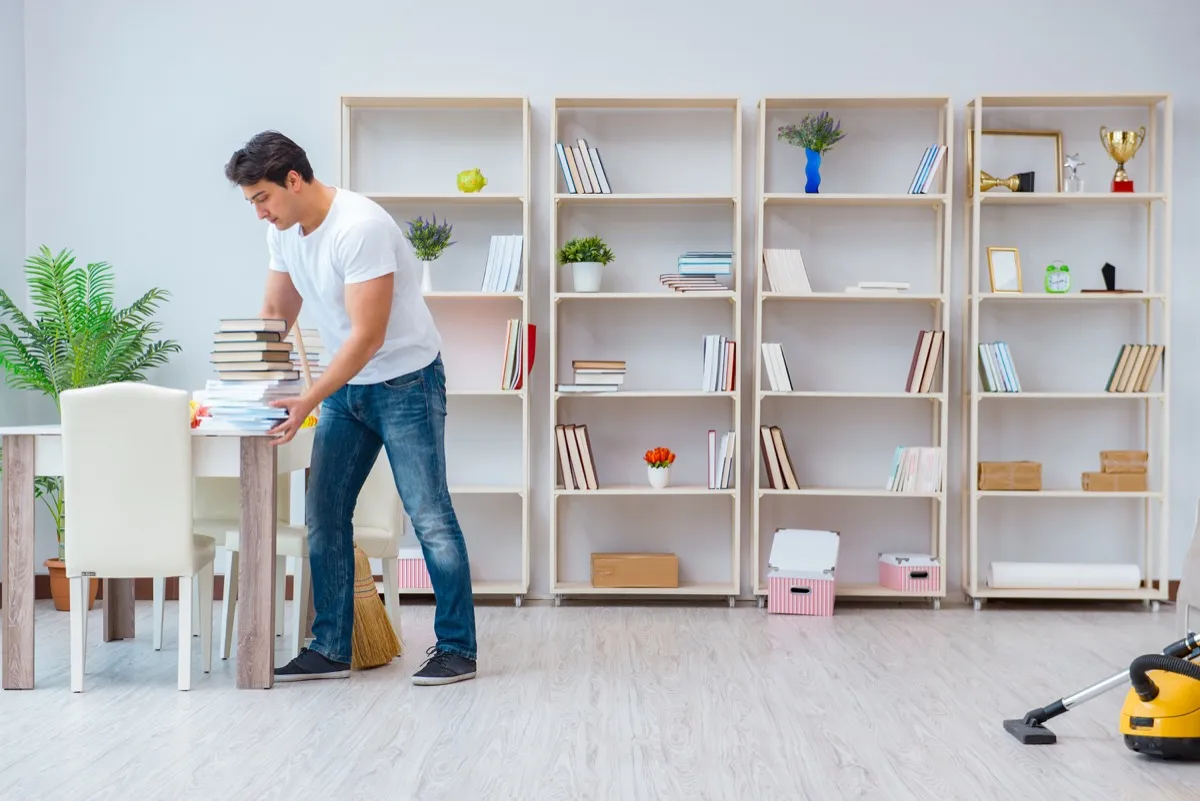An organized home is not just aesthetically pleasing; it also contributes to a more peaceful and efficient living space. However, the journey to a clutter-free home can be overwhelming without a plan. In this comprehensive guide, we’ll walk you through a step-by-step process on how to declutter and organize your home, turning it into a haven of order and tranquility.
I. Introduction
A. The Benefits of Decluttering
Decluttering is more than just tidying up; it’s a transformative process that positively impacts your mental well-being, productivity, and overall quality of life. A clutter-free environment fosters a sense of calm and allows you to fully enjoy your living space.
B. The Connection Between Clutter and Stress
Research has shown that clutter can contribute to stress and anxiety. By decluttering and organizing your home, you not only create a visually appealing space but also promote a healthier and more relaxed lifestyle.
II. Assess and Set Goals
A. Room-by-Room Assessment
Begin by assessing each room in your home individually. Identify areas with excessive clutter and take note of the items that contribute to disorganization. This step helps you create a tailored plan for each space.
B. Define Your Goals
Set specific and realistic goals for decluttering each room. Whether it’s creating more storage space, simplifying your decor, or organizing specific items, having clear goals provides direction and motivation.
III. Decluttering Process
A. The Sorting Method
- Keep, Donate, Discard: Create three categories for items – those you want to keep, those you can donate or sell, and those you need to discard. Be honest with yourself about each item’s usefulness and sentimental value.
- One Room at a Time: Tackle one room at a time to avoid feeling overwhelmed. Focus on completing each room before moving on to the next.
B. Sentimental Items
- Evaluate Attachments: Assess the sentimental value of items. Keep those that hold significant meaning and let go of items that no longer serve a purpose or bring joy.
- Memory Preservation: Consider taking photos of sentimental items before letting them go. This allows you to preserve the memory without the physical clutter.
IV. Organizing and Storage Solutions
A. Storage Solutions
- Maximize Vertical Space: Utilize wall-mounted shelves and cabinets to maximize storage without taking up floor space.
- Clear Storage Bins: Invest in clear storage bins for easy visibility of contents. Label each bin to streamline the process of finding specific items.
B. Organization Systems
- Categorize Items: Group similar items together to create a logical and organized system. This makes it easier to locate items when needed.
- Daily Use Accessibility: Store frequently used items in easily accessible places. Reserve harder-to-reach spaces for items used less frequently.
V. Simplify Decor
A. Minimalist Approach
- Declutter Surfaces: Embrace a minimalist approach by decluttering surfaces. Keep only essential decor items to create a clean and serene environment.
- Multipurpose Furniture: Invest in furniture with built-in storage to minimize the need for additional storage solutions.
VI. Maintenance Strategies
A. Regular Check-Ins
- Monthly Assessments: Schedule monthly assessments to ensure your home remains clutter-free. Use this time to address any accumulating items and maintain the organization you’ve established.
- Seasonal Purge: Consider a seasonal decluttering routine to stay on top of changing needs and prevent the re-accumulation of unnecessary items.
VII. Conclusion
In conclusion, decluttering and organizing your home is a transformative process that goes beyond creating a tidy living space. It positively impacts your mental well-being, enhances productivity, and fosters a sense of tranquility. By following a systematic approach, assessing each room, setting realistic goals, and implementing efficient storage solutions, you can create a clutter-free and organized home that reflects your lifestyle and promotes a healthier living environment. Remember, the journey to an organized home is ongoing, requiring regular maintenance and a commitment to a simplified and intentional lifestyle.
Source Links:




